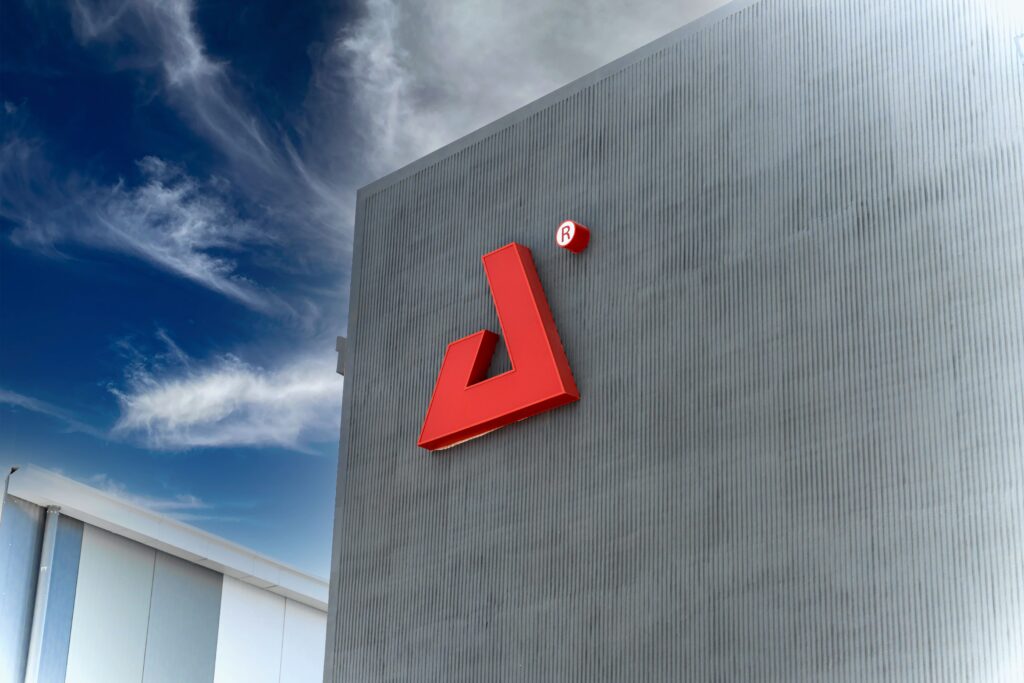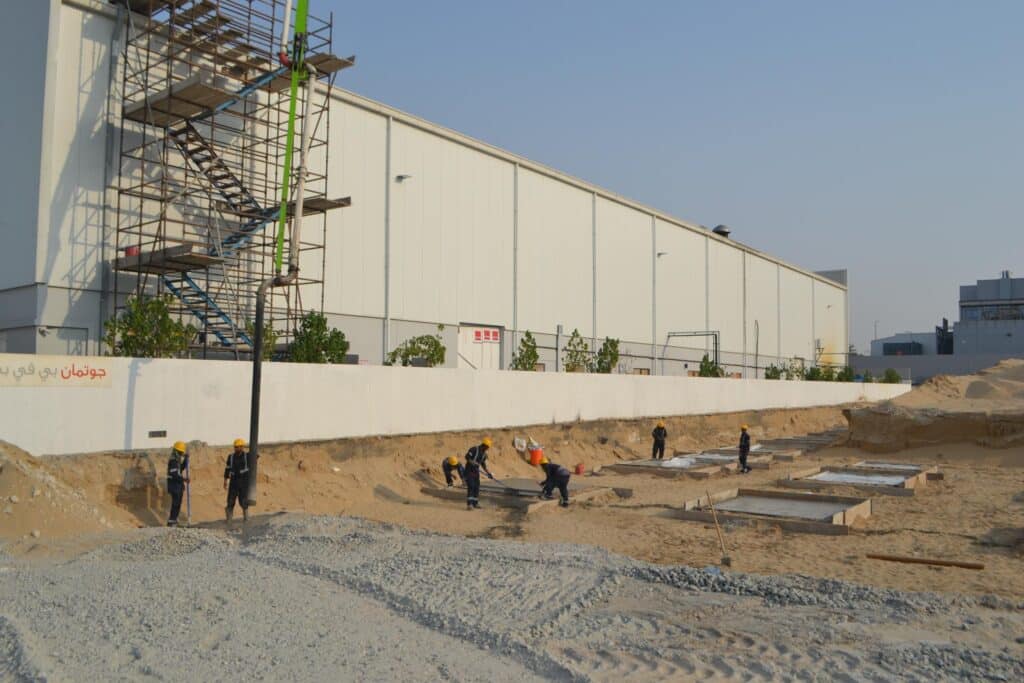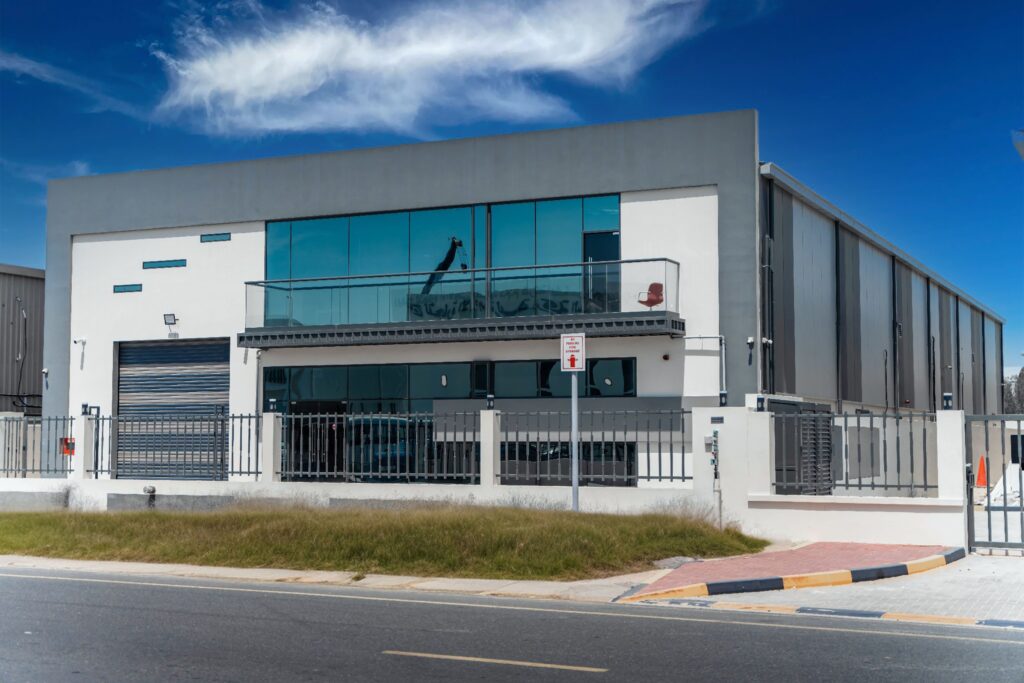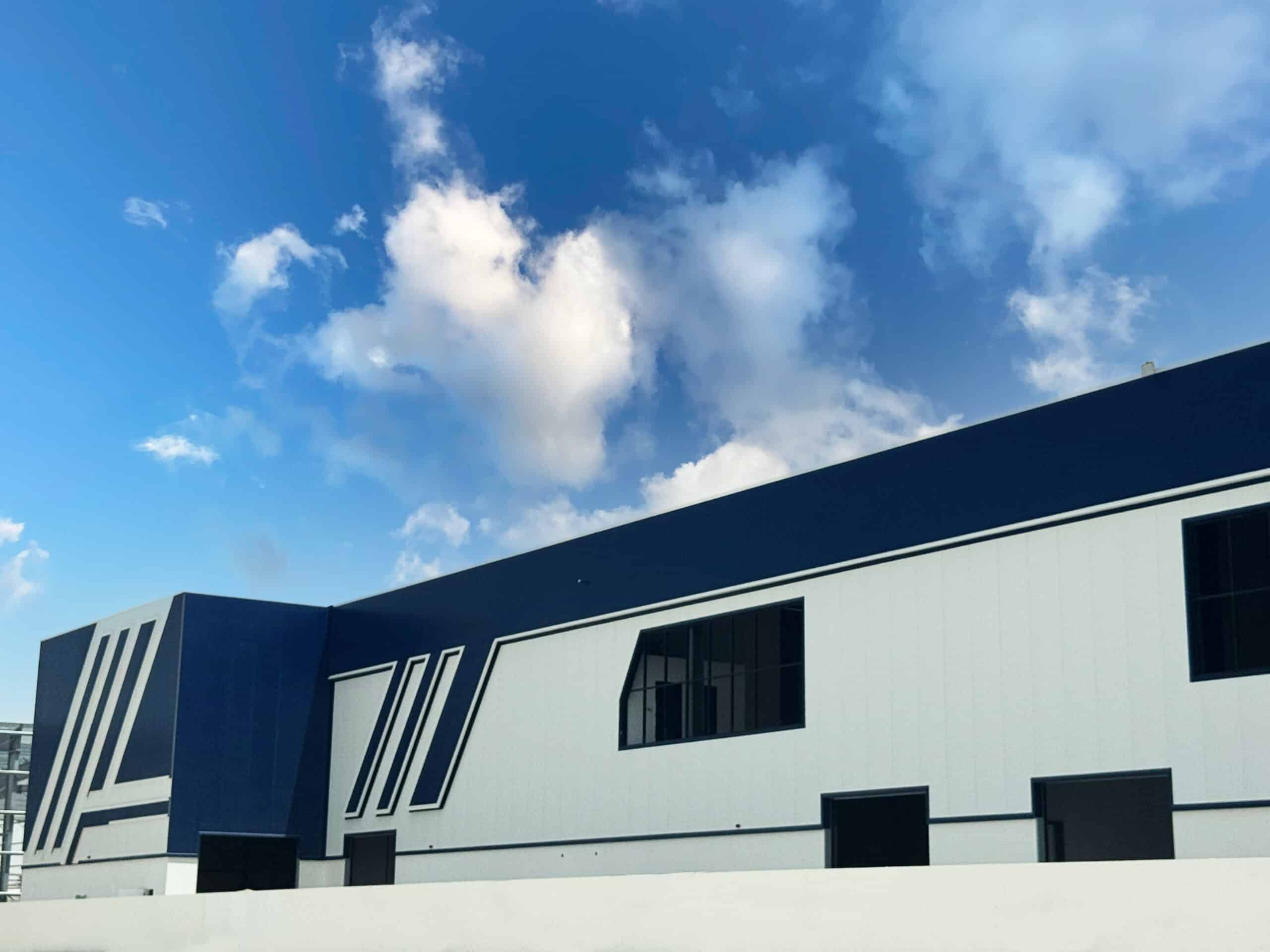Introduction
The MEP engineer job responsibilities, whether in new construction or renovation, are more important than ever—especially as buildings now account for over one-third (37%) of global energy and process-related CO₂ emissions, according to UNEP. That’s a staggering figure, and it highlights just how vital the role of MEP engineers has become in creating sustainable, energy-efficient environments.
So, what exactly does an MEP engineer do? In this article, we’ll break down the full MEP engineer job description, explore what the MEP engineer job profile really involves, and explain what MEP engineer means. Whether you’re interested in becoming a MEP mechanical engineer or simply want to understand how these professionals keep buildings safe, comfortable, and compliant, this guide covers everything you need to know—including the best MEP engineering books to grow your expertise.
What is an MEP Engineer?
First things first—what does MEP engineer mean?
The acronym MEP stands for Mechanical, Electrical, and Plumbing. So, when someone refers to an MEP engineer, they mean a professional who specializes in the design, planning, and implementation of these three critical building systems. The MEP engineer job profile is all about making sure buildings “work” on the inside—air flows properly, lights turn on, water runs cleanly, and everything complies with codes and safety regulations.
While MEP engineers are often lumped together, many of them specialize within one of the three core areas. Whether you’re a MEP mechanical engineer focused on HVAC systems or diving deep into electrical grids or plumbing layouts, you’re contributing to the backbone of any structure.
In short, MEP engineer means someone who brings a building to life.

What are the MEP Engineer Job Responsibilities
So, what does the day-to-day look like? The MEP engineer job description might vary depending on the project, but here are the core tasks you’ll find across the board.
Design and Planning of Building Systems
One of the biggest tasks in the MEP engineer profile is system design. That means drafting out how the heating, ventilation, electrical, and plumbing systems will work in harmony. They’ll often use tools like AutoCAD, Revit, and BIM software to build 2D and 3D models.
This is where science meets creativity. You’re balancing the demands of energy efficiency, building codes, budget constraints, and spatial limitations—all while making sure everything actually works together.
On-site Coordination and Inspections
An MEP engineer doesn’t just sit behind a desk designing blueprints. They also hit the construction site to make sure everything is going according to plan. That includes coordinating with architects, contractors, and tradespeople, performing inspections, and adjusting the plans as needed.
They’re the glue between vision and execution.
Read our guide: What Is The Meaning of MEP In Construction
System Maintenance and Technical Support
Once a building is up and running, the job doesn’t necessarily end. Many MEP engineers provide ongoing maintenance support. That means troubleshooting HVAC problems, checking for electrical inefficiencies, or ensuring water systems operate safely.
They also help update older buildings by retrofitting outdated systems for better energy performance and lower operational costs.
What is an MEP Mechanical Engineer
Let’s zoom in a bit. What makes a MEP mechanical engineer different?
This role focuses primarily on heating, ventilation, and air conditioning—collectively known as HVAC. Their goal? Keep buildings comfortable and energy-efficient.
Role in HVAC System Design
From shopping malls to hospitals, HVAC systems are critical. A MEP mechanical engineer designs systems that regulate temperature and airflow, whether that’s through air conditioning, heating systems, or specialized ventilation (like in cleanrooms or data centers).
They decide what kind of systems are best based on the building’s location, size, and purpose.
Efficiency and Sustainability Considerations
With energy costs rising and sustainability becoming more important, MEP mechanical engineers are expected to stay ahead of green technologies. Think: geothermal heat pumps, radiant floor heating, or energy recovery systems.
It’s about finding that balance between comfort, performance, and eco-friendliness.
Collaboration with Electrical and Plumbing Engineers
No MEP system exists in isolation. The mechanical systems must work alongside the electrical wiring and plumbing infrastructure. That’s why MEP engineers need excellent teamwork skills—you’re constantly working across disciplines to ensure everything integrates smoothly.

Key Skills and Qualifications of an MEP Engineer
Let’s talk about what it takes to succeed in this field.
Technical and Analytical Skills
Whether it’s calculating load requirements for an HVAC system or determining the optimal path for a cable run, strong analytical and math skills are a must. You’re essentially solving real-world puzzles every day.
Communication and Collaboration
Since you’ll be dealing with architects, construction crews, and fellow engineers, communication is everything. You’ve got to clearly explain your design intent, coordinate tasks, and make real-time decisions on-site.
Software Proficiency (AutoCAD, Revit, etc.)
You can’t be a modern MEP engineer without knowing the tools of the trade. Most firms require experience with AutoCAD, Revit, and other 3D modeling or simulation tools. Knowing BIM (Building Information Modeling) is especially valuable.
Read our guide: What To Look For In HVAC Contracting Companies In Dubai
The Top MEP Engineering Books
Want to level up your knowledge? Here are some top MEP engineering books that every aspiring or practicing engineer should keep on their shelf.
1. ASHRAE Handbook Series
This is the holy grail for HVAC design. It covers everything from basic principles to advanced applications, and is updated annually with the latest standards and research.
2. NFPA 70: National Electrical Code
Essential for understanding how to design electrical systems safely and up to code. No MEP engineer job description is complete without knowledge of electrical safety standards.
Other must-reads include:
- Mechanical and Electrical Equipment for Buildings by Grondzik & Kwok
- HVAC Equations, Data, and Rules of Thumb by Arthur Bell
- The Lost Art of Steam Heating by Dan Holohan
- Facilities Site Piping Systems Handbook by Michael Frankel
These MEP engineering books will help you master both the theory and the practical side of the profession.
Why MEP Engineers Are Critical in Construction Projects
Whether you’re building a tiny café or a skyscraper, MEP engineers are crucial. They don’t just add comfort—they ensure safety, sustainability, and performance.
System Integration and Cost Optimization
An experienced MEP engineer knows how to integrate all systems so they work together efficiently without clashing. This saves time, money, and energy throughout a building’s lifecycle.
Impact on Energy Efficiency and Building Comfort
From choosing energy-efficient lighting to designing systems that reduce water waste, MEP engineers play a huge role in creating smart, green buildings. They help reduce operational costs and environmental impact.

How to Become an MEP Engineer
Curious about stepping into this field? Here’s a quick roadmap:
Education and Certification Requirements
Start with a bachelor’s degree in mechanical, electrical, or civil engineering. After that, many pursue certifications like Certified MEP Engineer or LEED AP. Experience with software tools and BIM systems is also highly recommended.
Gaining Experience and Advancing Your Career
Internships and entry-level jobs with construction firms or engineering consultancies are a great starting point. As you gain experience, you can specialize, lead larger projects, or even open your own consultancy.
Conclusion
From planning HVAC systems to coordinating on-site installations, the MEP engineer job responsibilities go far beyond the blueprint. MEP engineers are the masterminds behind the comfort, safety, and functionality of modern buildings. Whether you’re diving into the MEP engineer job profile for the first time or you’ve already got your hands on tools like AutoCAD and Revit, it’s clear that this role blends technical know-how with real-world impact.
We’ve explored what MEP engineer means, what a typical MEP engineer job description looks like, and how MEP mechanical engineers play a critical role in HVAC and energy efficiency. We also looked at the core skills you’ll need, top MEP engineering books to grow your expertise, and why these professionals are essential across every phase of construction.
In a world moving toward smarter, greener buildings, MEP engineers are more vital than ever. They often work closely with steel frame construction companies, ensuring that mechanical, electrical, and plumbing systems are integrated seamlessly into modern structural designs. This collaboration is especially important in high-rise buildings and commercial spaces, where precision and planning are key to maximizing efficiency and performance.
If you’re aiming to enter a career that combines engineering precision with long-term sustainability—and work alongside cutting-edge teams in construction—MEP engineering might just be the path for you.

